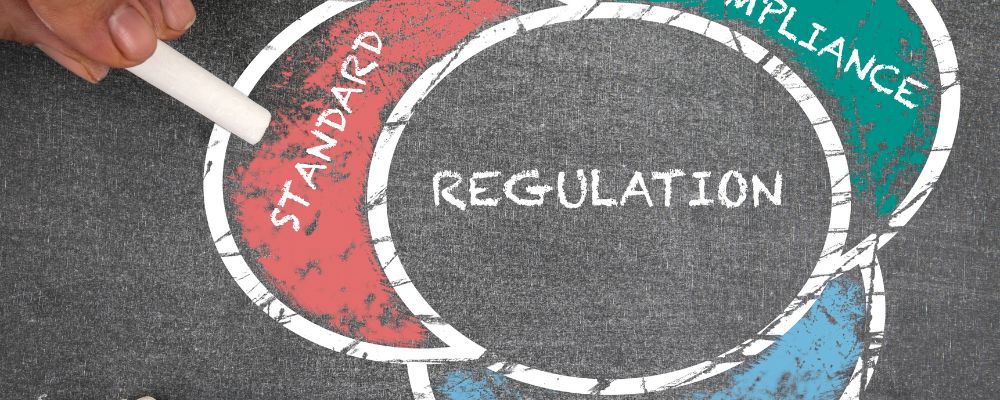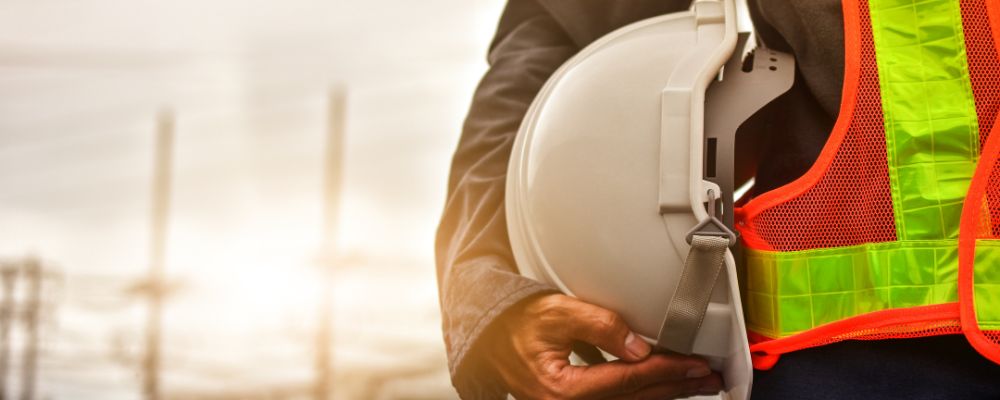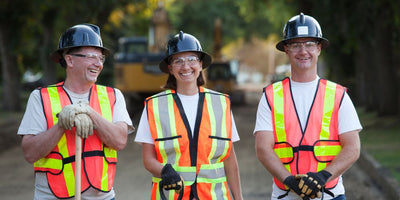In today's industries, the health and safety of workers stand as fundamental priorities. The safety equipment is specifically designed to significantly decrease the risks associate with workplace hazards. With stringent regulatory standards in place, workers need to choose the right protective gear for their industry. This article serves as a detailed guide to assist you in selecting optimal safety equipment that aligns perfectly with the unique demands and risks inherent in your industry.
Understanding Industry-Specific Safety Requirements
Selecting the appropriate safety equipment starts with comprehending the regulations applicable to your sector. The Occupational Safety and Health Administration (OSHA) plays a important role in setting and enforcing standards. These standards are designed to cover all facets of workplace safety, from equipment specifications to emergency procedures.
Different industries face different risks and thus require tailored safety solutions. To navigate these requirements effectively, you could access the industry-specific OSHA guidelines and regulations. Additionally, consulting with organizations like the International Safety Equipment Association (ISEA) can provide tailored insights to meet diverse professional requirements.

Types of Safety Equipment for Industrial Applications
The landscape of Personal Protective Equipment (PPE) is diverse, with various types designed to mitigate specific risks across different industries. Here’s a breakdown of the essential safety equipment utilized across industries:
- Head Protection: Utilizing hard hats and bump caps to protect against injuries from fixed or airborne objects. The helmets are categorized by the level of protection they offer, including safeguards against electrical hazards.
- Eye and Face Protection: Safety goggles and face shields are designed to protect against flying debris, molten metal, and chemical splashes.
- Hearing Protection: Earplugs and earmuffs protect workers exposed to persistent noise. It helps prevent long-term hearing impairment.
- Respiratory Protection: Respirators protect against harmful fumes, gases, and dust. The respirators must be tightly fitted and specific to the type of contaminants present in the workplace.
- Hand and Arm Protection: Gloves and arm guards defend against a variety of dangers including cuts, burns, and exposure to chemicals. Materials vary from leather and canvas to metal mesh and chemical-resistant fabrics.
- Body Protection: Garments such as overalls, hi-vis apparel, and full-body suits protect workers against direct contact with hazardous materials and increase visibility. The selection of these materials should be based on the potential hazards in the workplace.
- Foot and Leg Protection: Safety footwear, including shoes and boots with steel toes and puncture-resistant soles, protect workers from falling objects and sharp items. Specialized footwear may also be required for environments with electrical risks or slippery surfaces.
- Fall Protection: For workers working at heights, safety harnesses, lanyards, and anchorage systems are essential for preventing falls.

Key Considerations When Choosing Safety Equipment
When selecting safety equipment for your workplace, it's crucial to consider the following key features to ensure the functionality and safety for your specific needs:
1. Assessment of Workplace Hazards
Understanding the potential hazards in the workplace is the starting point for effective safety management. This assessment should detail the types of risks—be they chemical, physical, biological, or environmental—to determine the necessary features of the Personal Protective Equipment (PPE).
2. Compliance with Standards
It is crucial that the selected PPE meets established safety standards and regulations. This compliance ensures that the equipment has undergone rigorous testing and is proven to protect against identified hazards effectively.
3. Functionality and Suitability
The chosen safety equipment should not impede job performance. Factors like visibility, environmental conditions, and task-specific compatibility must be considered to ensure that PPE enhances rather than hinders job execution.
4. Comfort and Fit
The effectiveness of PPE greatly depends on its comfort and fit. Features such as adjustable straps, ergonomic design, and proper sizing not only promote better protection but also encourage compliance among workers.
5. Durability and Maintenance
The expected workplace conditions dictate the durability required of PPE. Regular maintenance and inspections are essential to sustain its protective qualities and ensure long-term usability.
6. Training and Awareness
Workers must receive thorough training on the proper use of PPE. This includes instructions on how to don and doff equipment, recognize wear and tear, and understand the correct timing for equipment replacement.
7. Cost Effectiveness
While budget considerations are important, they should never compromise the quality and suitability of PPE. Investing in high-quality, durable equipment can prove more economical over time, reducing the frequency of replacements and maintenance.

Top Recommendations by Industry
Safety equipment requirements can vary significantly across industries, reflecting the unique hazards and activities associated with each. Here’s an overview of recommended safety equipment for several key industries:
Construction
In the construction industry, workers are often exposed to risks such as falls, unguarded machinery, and electrical hazards. Essential safety equipment includes:
- Body Protection: High-visibility apparel, such as safety vests, is necessary to improve visibility and minimize the risk while operating machinery.
- Fall Protection: Harnesses, lanyards, and lifelines are crucial for preventing falls from heights.
- Head Protection: Hard hats to protect against falling objects and bumps.
- Eye and Face Protection: Safety glasses and face shields to guard against flying particles and chemical splashes.
- Hearing Protection: Earplugs or earmuffs in areas with high noise levels.
- Respiratory Protection: Dust masks or respirators, particularly when working with silica dust or in painting operations.
Manufacturing
Manufacturing workers deal with a range of mechanical and chemical risks. Recommended safety equipment includes:
- Hand Protection: Gloves tailored to specific tasks, such as chemical-resistant gloves or cut-resistant gloves.
- Protective Clothing: Aprons or coveralls to protect against spills and splashes.
- Foot Protection: Steel-toe boots to guard against heavy falling objects.
- Respiratory Protection: Respirators when working in environments with toxic substances.
Agriculture
Agricultural work involves risks from machinery and chemicals, as well as environmental factors like sun and heat exposure:
- Protective Clothing: Long sleeves and pants to protect against sunburn and pesticides.
- Respiratory Protection: When applying pesticides or working in dusty conditions.
- Eye Protection: Goggles when handling chemicals or operating dusty machinery.
- Hearing Protection: Especially important in high-noise environments such as around heavy machinery.

Conclusion
In conclusion, choosing the right safety equipment is crucial for safeguarding the health and safety of workers in various industries. This comprehensive guide has outlined the importance of understanding specific industry requirements and provided detailed insights into the types of safety equipment necessary for various hazards. Whether it's head protection, respiratory gear, or full-body suits, selecting the right equipment involves careful consideration of the specific risks and compliance with industry standards. By assessing workplace hazards, ensuring compliance, and prioritizing functionality and comfort, we can build a safer work environment that enhances productivity and minimizes risk.
Going forward, you can subscribe to stay informed about the latest safety standards and innovations in safety technology with JKSafety. Additionally, conducting regular audits, providing continuous training, and engaging with safety professionals will help keep your safety practices up-to-date and effective.
FAQs
What are the key factors to consider when selecting safety equipment for my industry?
When selecting safety equipment, consider the specific hazards present in your workplace, the type of work being performed, and the compliance standards. Key factors include the durability, functionality, comfort, and maintenance requirements of the equipment.
How often should safety equipment be inspected and maintained?
Safety equipment should be inspected regularly and maintained according to the manufacturer's instructions and industry standards. The frequency of inspections can depend on the type of equipment and the conditions under which it is used.
Can the same safety equipment be used across different industries?
While some basic types of safety equipment, like safety gloves and hi-vis safety vests, can be used across different industries. However, most safety equipment should be chosen based on the specific risks and requirements of each industry.





